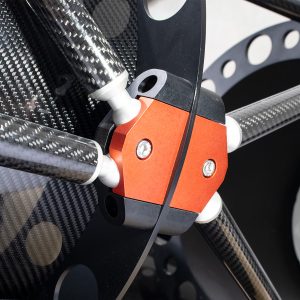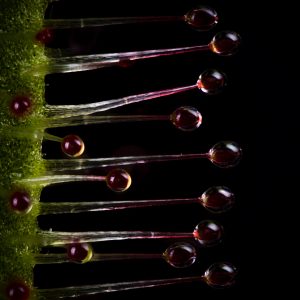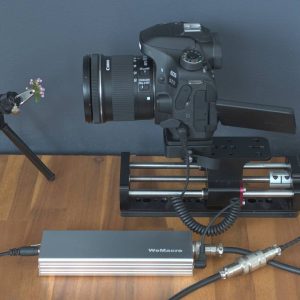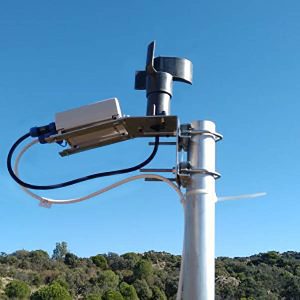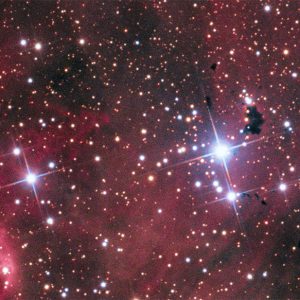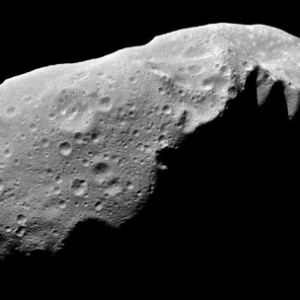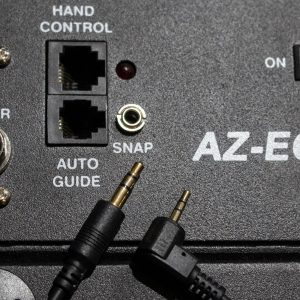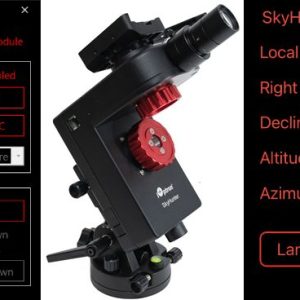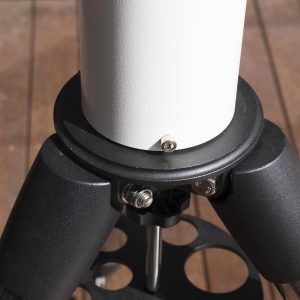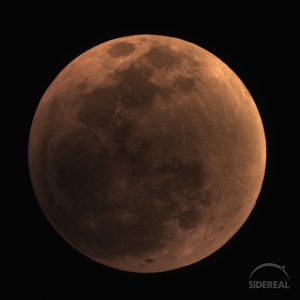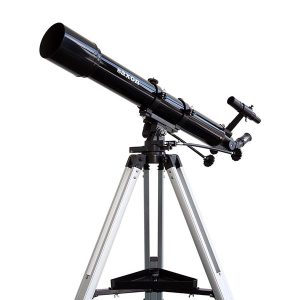Getting a good truss system together is hard. The carbon fibre rods have to be held rigidly, but they also have to be able to change the angle they’re sitting at. These truss blocks and ball joints do all that.
Tutorials
Using the WeMacro Rail to photograph the Sundew, an insectivorous plant
Autoguiding: how much is good enough?
Your first image with the WeMacro Rail
Macrophotography is the art of getting images of tiny subjects onto a camera sensor. I’ve been asked about getting started in macrophotography, and specifically the least expensive way of getting your first image with the WeMacro Rail. This blog shows you how to go out and get your first image, so I’m going to get down to basics.
Protect your observatory! Setting up safety equipment
With a dome, you can simply open it up and begin imaging. But if you want to sleep as well, you need something keeping an eye on the weather so the dome will close if it’s about to rain. In this blog I’ve described a couple of gadgets that can do all that for you. I also talk about a couple of options to put the system together.
Diffraction spikes – what they are and how to get them right
Have you noticed that some astrophotographs have diffraction spikes coming from bright stars? They’re caused by the secondary mirror holder in reflector telescopes. Spiders, as they’re known, can give you nice spikes, but if they’re crooked or uneven, the spikes can look horrible. Here, I’ll show you how to get perfect spikes.
Asteroids comets and minor planets – find them using orbital data
Asteroids and other objects such as comets and even space junk are hard to find when they pass close to the Earth because their motion relative to us is so fast. Normal planetarium programs can’t track them. This blog shows you how to find and download up-to-date official data so you can locate them with your go-to telescope.
Choosing the right shutter release cable for your camera
With a shutter release cable you can fire your camera remotely without touching it. They’re very useful in photography, especially macrophotography and astrophotography. They are available for a huge range of cameras. Choosing the correct shutter release cable for your camera can be difficult. Here is a list of available cables.
iOptron control programs: Commander and Commander Lite – what’s the difference?
What are the differences between a tracker, a guider and an equatorial mount?
Modifying the Early Model Sky-Watcher Pier Extension
Catching a Lunar Eclipse using a remote facility
For the Lunar Eclipse of September 2025, Bill used a remote facility that Sidereal Trading had installed at a club in Victoria to get a sequence of images. It didn’t go quite to plan, but he got the shots anyway.
What objects can you see with a small refractor telescope?
How to get a nice sharp image of a Lunar eclipse
Lunar eclipses, or blood moons, are really cool, and people love getting photos. But during the eclipse the Moon is dark and a photo doesn’t show the same details as a normal full Moon. This tutorial shows how to capture the sharpness of the full moon and still get the colour of the blood moon.
